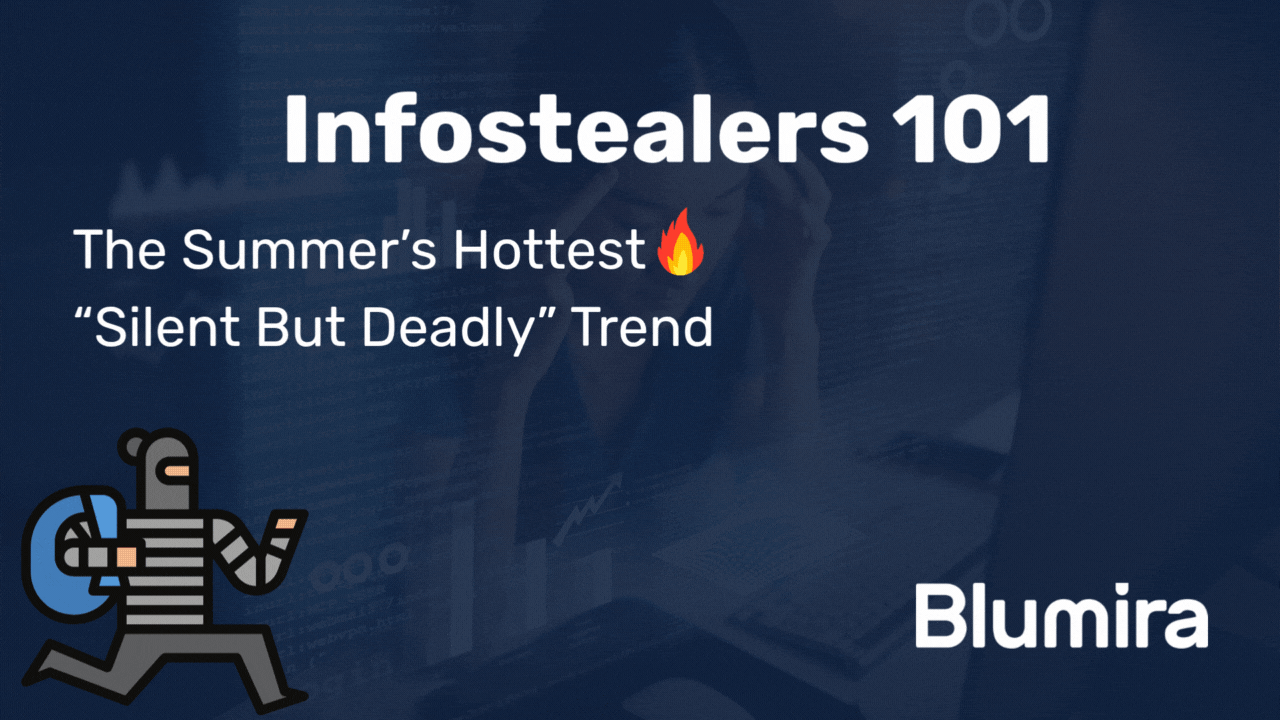- Product
Product Overview
Sophisticated security with unmatched simplicityCloud SIEM
Pre-configured detections across your environmentHoneypots
Deception technology to detect lateral movementEndpoint Visibility
Real-time monitoring with added detection & responseSecurity Reports
Data visualizations, compliance reports, and executive summariesAutomated Response
Detect, prioritize, and neutralize threats around the clockIntegrations
Cloud, on-prem, and open API connectionsXDR Platform
A complete view to identify risk, and things operational
- Pricing
- Why Blumira
Why Blumira
The Security Operations platform IT teams loveWatch A Demo
See Blumira in action and how it builds operational resilienceUse Cases
A unified security solution for every challengePricing
Unlimited data and predictable pricing structureCompany
Our human-centered approach to cybersecurityCompare Blumira
Find out how Blumira stacks up to similar security toolsIntegrations
Cloud, on-prem, and open API connectionsCustomer Stories
Learn how others like you found success with Blumira
- Solutions
- Partners
- Resources
Threat Feed: Abuse.ch SSL Blocklist
By ingesting data from SSL Blocklist, Blumira’s platform uses the latest threat intelligence information to help you quickly detect and block malicious SSL connections and malware botnet communications.
Threat Intelligence Feed: Abuse.ch SSLBL
Abuse.ch helps internet service providers and network operations protect their infrastructure from malware.
One of their projects is the SSL Blocklist (SSLBL). It detects malicious SSL connections. This is done based on identifying and blocklisting SSL certificates used by botnet C&C servers. SSLBL intends to help network administrators and security analysts protect their network and customers from botnets. Learn more about their different blocklists.
What is a botnet? A botnet is a term used to refer to a group of internet-connected devices running a bot, performing repetitive tasks. In infosec, botnet refers to devices or computers infected by malware and controlled by malicious actors. They're often used to launch Distributed Denial-of-Service (DDoS) attacks to overload servers, send spam and steal data.
Botnets talk to command-and-control (C&C) servers that are controlled by an attacker to communicate, send commands to infected devices or systems, as well as to exfiltrate and receive stolen data.
SSL certificates allow for secure connections from a web server to a browser. The SSL Blocklist provides a number of different elements to identify and blocked malicious servers, such as SHA1 fingerprints, IP addresses that run blocked SSL certs, rulesets that detect and/or block network connections, etc.
Additional Security Resources
View All Posts
Security Alerts
8 min read
| October 9, 2025
MySonicWall Cloud Backup Service Breach Leads to Exposed Configuration Files
Read More
Security Alerts
9 min read
| September 26, 2025
Cisco SNMP Zero-Day Vulnerability: Critical Patch and Mitigations
Read More
Security Trends and Info
15 min read
| July 25, 2025
Why “Silent But Deadly” Infostealers Are Summer’s Hottest Trend
Read MoreExperience Blumira Today
Tired of fragmented security tools and alert fatigue? Blumira centralizes your security operations, offering deep insights and actionable intelligence to identify and remediate threats before they cause damage. Discover the power of proactive defense.